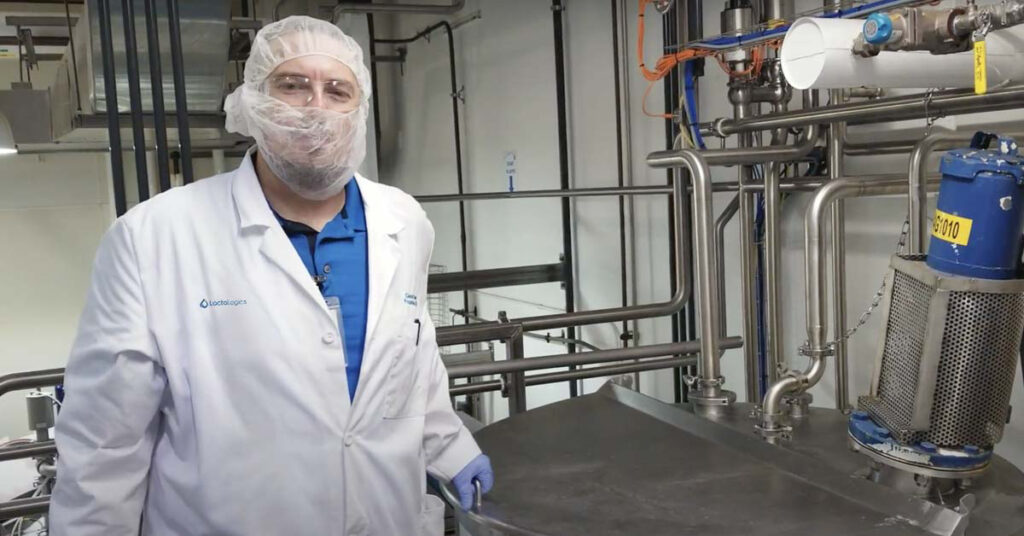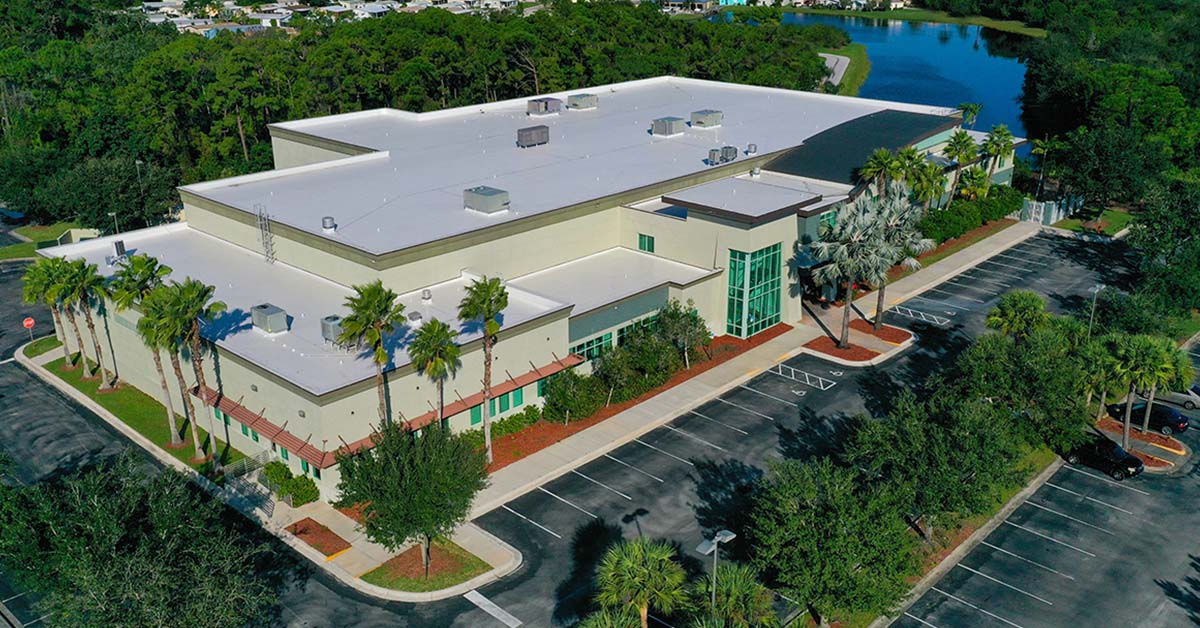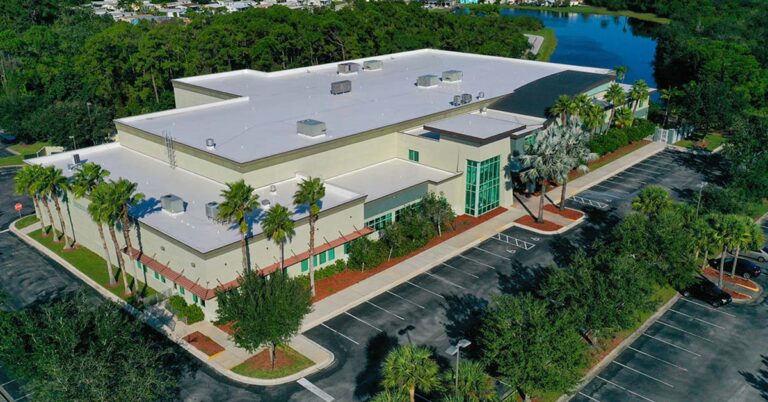The idea of using high heat in human milk processing first began in the 1980s. Processing techniques such as Holder pasteurization and Retort emerged, but innovation stalled. Milk banks and commercial human milk processing companies have not improved their technologies leaving human milk fortifiers expensive and in short supply.
Because of this, many premature infants don’t currently receive the benefits of an exclusive human milk diet (EHMD), which can shorten their hospital stay while reducing their risk of Necrotizing Enterocolitis (NEC), morbidity, mortality, and sepsis.
Driven by his goal to get more premature infants access to an EHMD, LactaLogics Co-Founder and CEO Glenn Snow went on a journey to scale, commercialize, and change human milk fortification. Ultimately he has been able to engineer and validate Gentle-UHT, a brand-new way to process human milk.With Gentle-UHT, high heat is applied indirectly to the milk, protecting it against bacteria, viruses, molds, and spores including the inactivation of Bc (Bacillus cereus) while keeping vital nutrients infants need.
In this interview, Mr. Snow discusses how he developed this emerging technology and the future of human milk processing.

LactaLogics: What is Gentle-UHT?
Mr. Snow: Gentle-UHT is a brand new way to process human milk. A technology that is proprietary to LactaLogics, it stands for “Gentle Ultra High Temperature.”
Human milk from donor moms is gently heat-treated to protect against bacteria, viruses, molds, and spores. It leaves the human milk shelf-stable, making it easy for hospitals to store and administer the milk.
LactaLogics: Why do you call it “Gentle-UHT”?
Mr. Snow: When we set out to solve the human milk shortage, we first looked at UHT processing as a way to kill the dangerous pathogens, such as Bacillus cereus (Bc), in human milk. Premature infants, especially very low birth weight (VLBW) babies, don’t have the immune system to fight these pathogens, even though most healthy babies aren’t affected.
We needed to achieve the high level of sterility produced by UHT processing, but not destroy the life-saving proteins, HMOs, and immune factors that are so important to premature infants.
The UHT process that is most commonly used for milk for cow’s milk and milk replacements injects steam directly into the milks and cools it by vacuum. This called a “direct” heating process. It is very hard on the milk contents and wouldn’t work for breast milk.
So we chose a different method of heating called indirect. Our “gentle” indirect UHT process uses indirect processing that we modified to be gentle while optimizing sterility. This way, we keep the good stuff in while getting the bad stuff out of the human milk
We use the term “gentle” to differentiate our indirect heating sterilization process from the commonly used direct steam UHT process.
LactaLogics: What led you to want to start on this journey?
Mr. Snow:It wasn’t until I became a parent that I understood how important breast milk is to the early development of children, especially premature infants.
When my wife and I found out that most premature infants don’t have access to the life-saving benefits of an exclusive human milk diet, we were shocked.
The more we looked into it, the more we asked questions. We talked to moms of healthy babies, realizing that there were plenty of moms who would donate their excess breast milk to at-risk infants. There was just no way to accomplish this at scale.
This experience has led us on a journey to solve the perceived human milk shortage, discovering more and more problems and solutions the deeper we go.
LactaLogics: What was the process of validating Gentle-UHT?
Mr. Snow: We’ve processed human milk over 50 times, through both R&D (Research and Development) runs and commercial-scale runs, which we did at the TetraPak Pilot Plant in Denton, Texas.
What started as an academic concept, we took on the challenge to not compromise on quality OR safety. We had to do both. Early meetings with our mentor, Dr. Bruce German, had us laser-focused on protein quality. VLBW patients need growth that they can only get from high-protein, low-volume milk.
We spent a lot of time at Microthermics for our R&D runs, ensuring that the process of Gentle-UHT met this goal.
LactaLogics: Were there any industry experts involved in the process?
Mr. Snow: I mentioned Dr. Bruce German, who is a Distinguished Professor and Food Chemist and Food Science and Technology Director at the Foods For Health Institute at UC Davis. His mentorship was and still is a critical part of our success and he’s now the Chairman of our Clinical and Scientific Advisory Board.
We also had the opportunity to meet with and observe many neonatologists, allowing us to see first-hand the challenges in hospital NICUs. It was this exposure to premature infants and seeing the dedication of the nurses, staff, and doctors that continued to push us to develop Gentle-UHT.
It’s an honor to have neonatologists Dr. Camila Martin and Dr. Steven McElroy and researcher Dr. David Dallas on our Clinical and Scientific Advisory Board. Packaging veteran Alan Murray and human milk veteran and neonatologist Dr. Victoria Niklas are both on our Board of Directors.
The industry experts we have the opportunity to work with are humbling, but we’re all united in our passion to help premature infants thrive.
LactaLogics: How is Gentle-UHT different from other processing methods?
Mr. Snow: Holder pasteurization is warmed, rapidly cooled, and then frozen until it’s ready to be used. It’s typically processed at 145 degrees F for 30 minutes, which reduces bacteria but also denatures the proteins by approximately 20-30%. Pasteurized products still require cold storage because pasteurization does not effectively kill all bacteria, molds, and spores.
Retort processing is newer than Holder pasteurization, but milk is pressure-cooked at least over 5 minutes at 250 degrees F, typically for 7-8 minutes. The vessel that is used to process the milk takes a long time to heat up and cool down, resulting in a 30% denaturing of key proteins and immune factors. Gentle-UHT is completely different.
We’re able to inactivate all bacteria, molds, and spores by applying heat indirectly to the milk. The milk is then gently homogenized to minimize clogging of feeding tubes, leaving hospitals with a shelf-stable product that is easy to store and always ready to use, with no freezing or thawing required.
LactaLogics: What does Gentle-UHT do to combat Bacillus cereus (Bc)?
Mr. Snow: Bc is an environmental pathogen that is widely present in donor milk. It is difficult to detect and its heat-resistant spores cannot be eliminated by pasteurization – the most common method used by hospitals and milk banks.
Gentle-UHT Sterilization exceeds a >1,000 log reduction of B. cereus spores, which means it inactivates 99.9% of this deadly bacteria. Our human milk-based products will have significantly lower endotoxin levels, making it ideal for VLBW and LBW premature infants.
LactaLogics: What is in the future for human milk processing?
Mr. Snow: Neonatal nutrition has needed innovation for a long time. Advances in medical science have enabled us to save smaller and smaller premature infants, but human milk hasn’t caught up.
Neonatologists need more flexibility in protein and calorie amounts while also getting access to human milk-based products that are reliable, standardized, and equitably priced. It’s why I believe the future has formulations being optimized by doctors and nutritionists, not companies.
Ideal protein, calories, fat, and mineral fortification amounts are critical to developmental outcomes and we want to provide the flexibility to meet every baby’s unique needs.






